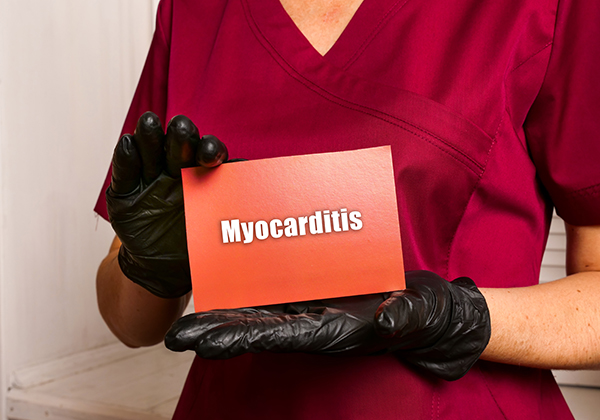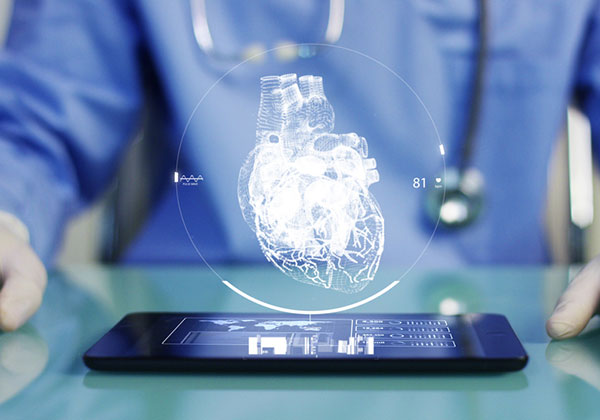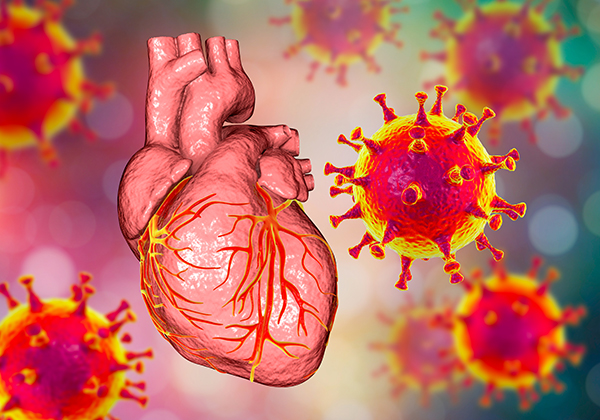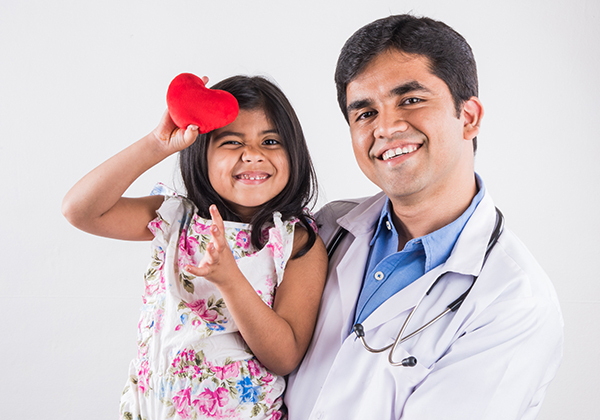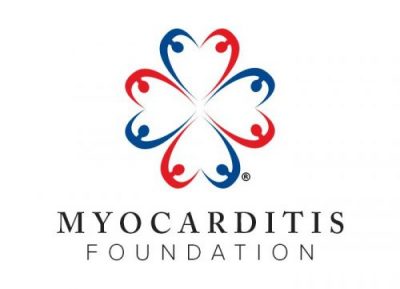Routine Cardiac Screening in Sarcoidosis Patients (PAPLAND)
Status: Recruiting
Conditions: Sarcoidosis
Location:
Albany Medical CenterCleveland Clinic
Medical University of South Carolina
National Jewish Health
Northwestern University Medicine
Penn Medicine
University of Cincinnati Medical Center
University of Illinois-Chicago
University of Iowa
University of Washington Medical Center
City/State:
Denver, Colorado
Chicago, Illinois
Iowa City, Iowa
Albany, New York
Cincinnati, Ohio
Cleveland, Ohio
Philadelphia, Pennsylvania
Charleston, South Carolina
Seattle, Washington
Contact Information:
Noopur Singh
312-341-0500 ext 107
[email protected]
Ginger Spitzer
773-328-8156
This protocol is an unblended randomized screening trial will have consecutive patients with no suggestion of cardiac sarcoidosis according to usual screening enroll in an enhanced screening protocol. The routine clinical care is to gather patient’s history of symptoms and under go an ECG. If a patient has an abnormal results in standard screening, they typically have further evaluations as part of their routine medical care. These tests might include an echocardiogram, ambulatory ECG, and advanced cardiac imaging (MRI, PET scan as per local practice). A patient that has normal results on standard screening will be randomly assigned to enhanced screening at each center. Half the patients will be randomized to usual follow-up (annual symptom assessment and ECG) and the other half will be assigned to the enhanced screening (echocardiogram and ambulatory ECG at enrollment and at 24 months).
The investigators hypothesize that screening using conventional history, physical and ECG in the general sarcoidosis population, followed by appropriate advanced imaging testing, will result in the identification of a higher percentage of ascertained cardiac sarcoidosis than has been reported historically (2-5%). The investigators hypothesize that routine use of echocardiogram with strain and ambulatory ECG will identify additional patients who will have advanced imaging abnormalities or who meet criteria for cardiac sarcoidosis. The investigators further hypothesize that re-screening patients after 24 months with repeat echocardiogram and ambulatory ECG will identify additional patients with suspicion for cardiac sarcoidosis who had no abnormalities on the standard screening tests.
Cardiac involvement is among the most feared complications of sarcoidosis, and it is the second leading cause of death from sarcoidosis. Autopsy studies and serial imaging studies in patients without cardiac symptoms suggest that approximately 25% of U.S. sarcoidosis patients have evidence of cardiac involvement. 3 Major manifestations of cardiac sarcoidosis include conduction delays, dysrhythmias, and cardiomyopathy. Given the increased recognition of cardiac involvement, prompt screening and diagnosis of cardiac sarcoidosis has been emphasized as a key priority for sarcoidosis research. Screening for cardiac sarcoidosis conventionally has relied on symptoms and electrocardiogram. However, there are no validated screening instruments for symptom assessment, and the usefulness of individual components of the medical history (e.g. palpitations, chest pain, presyncope) has not been assessed. In one study, symptom assessment was found to be less than 50% sensitive for identification of individuals with abnormal cardiac imaging studies. ECG performed poorly, with less than 10% sensitivity. Holter monitoring and echocardiogram were more sensitive than ECG in that study, identifying 50% and 25%, respectively, of those with imaging findings suggesting cardiac sarcoidosis (CS). The intensity of screening for CS in unselected sarcoidosis patients is controversial. The Heart Rhythm Society working group could not agree that echocardiogram or ambulatory ECG added significantly to conventional testing of eliciting cardiac symptoms and ECG; therefore, the working group was unable to recommend adding these procedures as a routine for all sarcoidosis patients. In a large series of Greek non-cardiac sarcoidosis patients, echocardiogram and ambulatory ECG added little prognostic information to usual care. On the other hand, more sophisticated echocardiographic techniques such as speckle tracking seem to provide independent prognostic information. In a second study, Holter monitoring and echocardiography abnormalities were both more common in those with MRI findings consistent with CS, although the usefulness of the tests disappeared in multivariable analysis. While history and ECG are considered the standard of care at present, there is a continuing need to identify markers of poor outcomes. Cardiac MRI and/or cardiac FDG-PET scan can identify large proportions of individuals with asymptomatic imaging abnormalities, but they are expensive, require specialized expertise to interpret, require radiation (PET scan) and are likely impractical for widespread use in all sarcoidosis patients. A second unresolved issue concerning screening for cardiac sarcoidosis is the frequency of re-screening sarcoidosis patients who demonstrate no evidence for cardiac sarcoidosis on an initial screen. The investigators hypothesize that screening using conventional history, physical and ECG in the general sarcoidosis population, followed by appropriate advanced imaging testing, will result in the identification of a higher percentage of ascertained cardiac sarcoidosis than has been reported historically (2-5%). The investigators hypothesize that routine use of echocardiogram with strain and ambulatory ECG will identify additional patients who will have advanced imaging abnormalities or who meet criteria for cardiac sarcoidosis. The investigators further hypothesize that re-screening patients after 24 months with repeat echocardiogram and ambulatory ECG will identify additional patients with suspicion for cardiac sarcoidosis who had no abnormalities on the initial screening tests.
Aims
- To evaluate the rate of diagnosis of cardiac sarcoidosis during standard of care clinical practice that relies on patient symptoms and ECG.
- To evaluate whether second-tier screening tests (echocardiogram and ambulatory ECG) improve the rate of diagnosis of cardiac sarcoidosis beyond conventional screening methods.
- To evaluate the rate of diagnosis of cardiac sarcoidosis in sarcoidosis patients who had initial negative conventional and second-tier screening tests after undergoing these screening tests again at two years.

